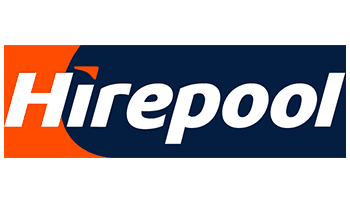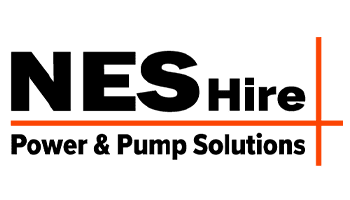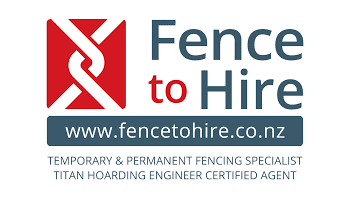Echo Barrier
World-leading temporary acoustic barriers
- Quick to install and easy to move
- Fire-resistant, waterproof and frost resistant
- Lightweight and highly durable
- Reduces noise by up to 43.4 dB
Echo Barrier is a tested and proven noise barrier system that reduces noise by up to 42 dB. It works by treating sound at its source, rather than simply enclosing your perimeter. In addition to being lightweight and waterproof, they can be used in all kinds of conditions. Company logos can be incorporated into these acoustic barriers.
Less noise, fewer complaints, more work

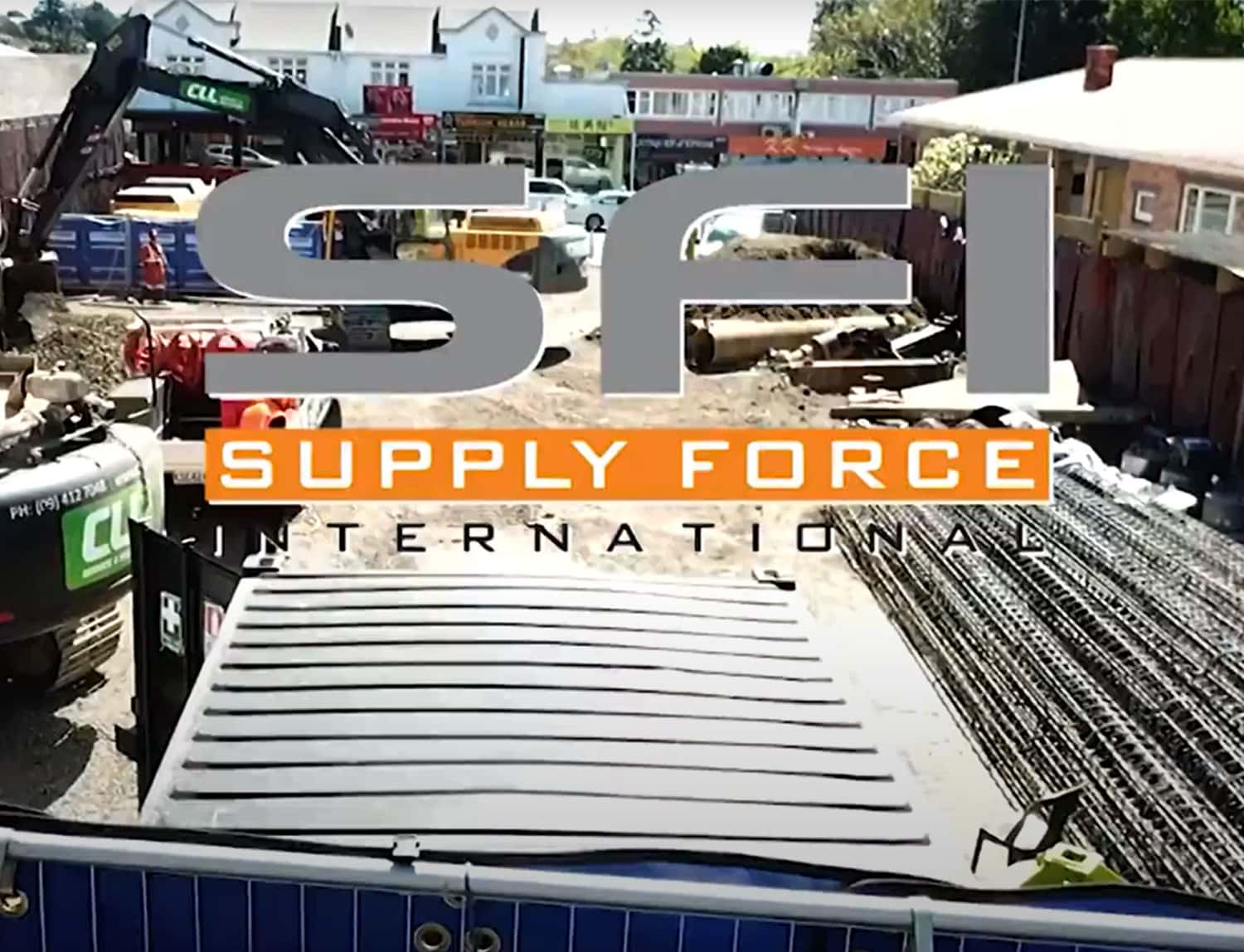
For Superior Workplace Sound Protection
Eco-optimised, high-performance attenuation for industrial applications.
Easy to install
Echo barriers are lightweight and can be installed in seconds without the need for permanent fixings, using the easy hook system. It is portable, durable, and easy to adjust to fit your needs.
Built for performance
The Echo H10 is designed to work in extreme weather conditions. It is weatherproof, frost-resistant and certified fire-resistant. They can be used in rainy and humid environments.
Unrivalled noise absorption
The Echo H10 can’t be beaten when it comes to effective sound absorption. Independent lab tests provide it reduces noise by up to 43.4dB.
Available for Hire Nationwide
Noise Barriers are available for hire nationwide through our network of hire partners
Supply Force has established a reliable hire partner network right across New Zealand.
These partners are companies New Zealanders know and trust. They can assist with everything from dry-hires to installations.
Echo Barrier Features

Rapid
Installation

Fire Resistant
to BS7837:1996

100% Waterproof
UV Resistant

Innovative, Scientific
Product Design

Durable &
Long Lasting
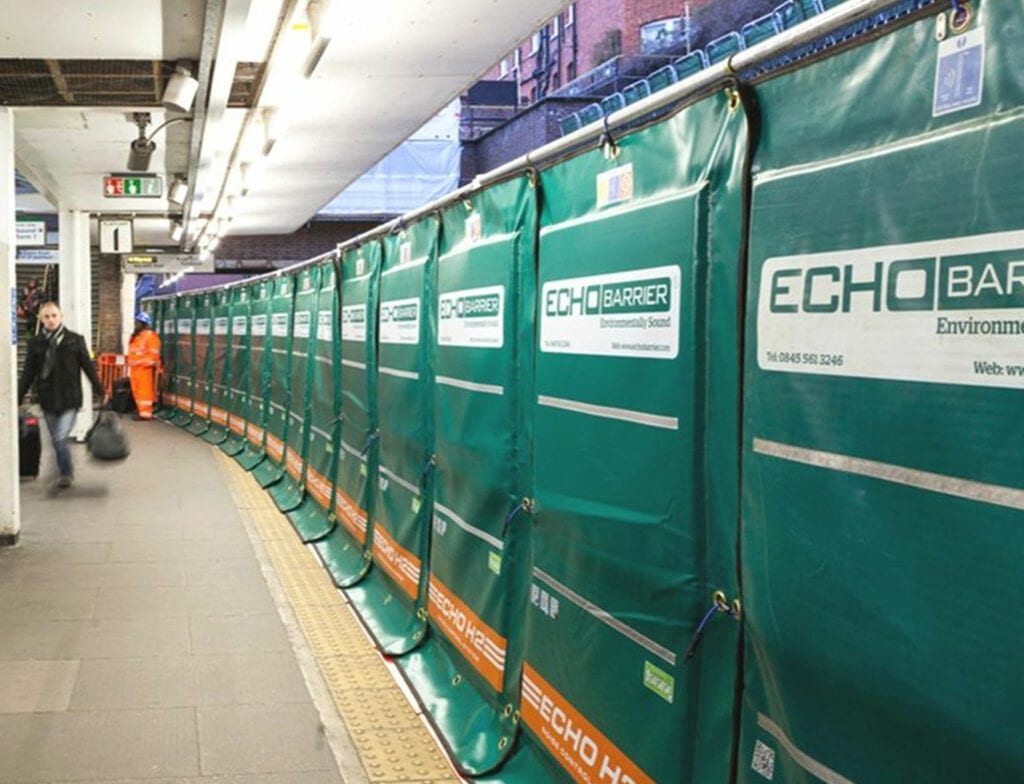
Identifying Hazards and Managing Risk
Workers on-site will often be wearing hearing protection to perform their tasks. If the only thing separating the public from the work site is a site fence, then it is possible that the public will also need to protect their ears as they walk past.
Safety professionals refer to this as a walk by hazard. While the safety act encourages employers to identify hazards and manage risk, the onus is on the designer to plan ahead for hazards at each stage of a construction project.
Echo Barrier is simply the best product on the market for protection against noise hazards and construction site dust.
Call SFI today for further information.
Decibels, Noise Attenuation and The Human Ear
Noise levels are measured in decibels (dB). Since the decibel is a logarithmic (non-linear) unit of measurement, noise attenuation of ‘just’ 3dB is equivalent to a substantial reduction in noise energy, i.e. 50% yet that reduction is only just perceptible to the human ear. If noise attenuation increases to 10dB, it equates to a reduction in noise energy of 90%; the human ear senses that as a noise reduction of 50%.
The chart below places this in the context of the performance of Echo Barrier’s H Series of acoustic panels. Taking this further, the chart makes clear why, in the field (on-site), it becomes difficult to attenuate noise by more than 20dB. What is especially important is that noise reduction of 20dB equates to an energy reduction of 99%, yet the remaining 1% of energy represents 25% of the noise level perceived by the human ear.
| Decibel Reduction (dB) | Energy Reduction (%) | Noise reduction as perceived by the human ear |
|---|---|---|
| 10 | 90 | Sounds 50% as loud (Reduction of 50%) |
| 20 | 99 | Sounds 25% as loud (Reduction of 75%) |
| 30 | 99.9 | Sounds 12.5% as loud (Reduction of 87.5%) |
| 40 | 99.99 | Sounds 6.5% as loud (Reduction of 93.75%) |
Key Factors in Successful Noise Attenuation
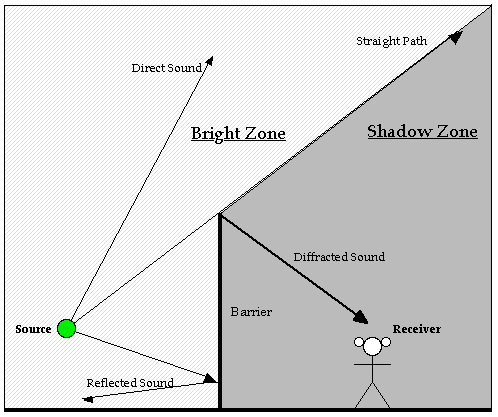
If barriers are manufactured to a high standard and present a professional image, the perceptions of their performance can be considerably enhanced.

New Zealand’s Only Certified Noise Barriers
Echo Barrier is different to other soundproof fencing products on the market. Supply Force International has independent engineering reports performed by British Standards for Engineering to support this superior noise barrier product.
No other noise curtain in New Zealand performs better for construction noise control. Developed by experts, tested to exacting standards with noise attenuation of up to 43dB.
Echo Barrier is a proven market leader, offering the most effective temporary noise control solutions available. Reducing noise with durable, lightweight acoustic barrier products which withstand the toughest weather.
Echo Barrier is Hand-made in Europe
Echo Barrier was founded by Peter Wilson, an acoustics expert with over 30 years of direct experience in acoustic engineering.
An industry pioneer, Echo Barrier is dedicated to innovative thinking underpinned by R&D, and attention to detail in all aspects of material selection, engineering and design.
By combining acoustic absorption and insulation technology, using high-tech, lightweight, exceptionally durable materials—Echo Barrier products are the epitome of acoustic engineering.
Where You Can Use Echo Barrier
Our Promise

Effectively Control
Noise Pollution

Better Health & Safety
Compliance
Allow For The Use
Of Bigger Tooling

Reduce Negative Consumer
Impact For Retailers
Echo Barrier leads the world in combating noise pollution with its modular system of portable acoustic panels
Supply Force focuses on delivering innovative solutions to real-life problems






















